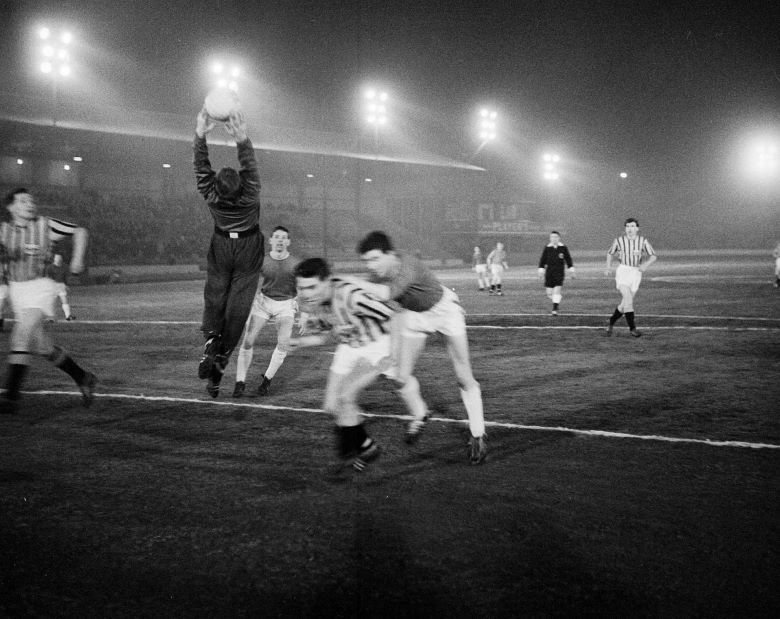‘The Beautiful Game’ of football is our national sport. Go to any sold-out match – you’ll see how significant this game is for communities and individuals just from the glee on the faces of supporters and the joy in their chants.
And that’s just today. Jump back to the past, and you’ll find Scotland is widely recognised as a pioneering nation to how modern-day football developed.
Famously the world’s oldest football, dating back to the 1540s, was rediscovered at Stirling Castle in the 1980s and is now on display at the Stirling Smith Art Gallery and Museum. And in 2025, football historian and founder of the Scottish Football Museum Ged O’Brien worked with archaeologists to uncover evidence the game was being played in Kirkcudbrightshire in the early 1600s.
Glasgow in particular is an important part of this story:
- 1860s/70s – Versions of non-Association football and Association football itself were introduced to Glasgow and teams were formed.
- 1873 – Scottish Cup begins; it is the 2nd oldest competition (oldest trophy) in the world.
- 1873 – Scottish Football Association (SFA) formed; it is the 2nd oldest national football association in the world.
- 1874 – Scotland wins the first ever international match vs England at Hamilton Crescent.
- End 19th to early 20th centuries – The modern game of “passing football” is recognised as being developed by Scottish teams. It is a golden era for Scottish football.
- 1950s/60s – Match attendances boomed.
- 1954 – Scotland attend their first Fifa World Cup Finals
- 1967 – Celtic FC were the first non-Latin club to win European Cup.
How do we protect Scotland’s football heritage?
Currently, football is not widely represented in our lists of protected historic places. And we’re not the only ones to notice it. Recently, there have been several individual proposals for the designation of sites related to football, as well as the advent of a whole campaign by Football Square Mile in support of it.
Through these proposals, we know that there are several sites across Glasgow which have played roles in the little-known story of how Scotland invented football and then exported it to the rest of the world.
To address this gap in our national designations, we began a project in 2024 to recognise football-related sites.
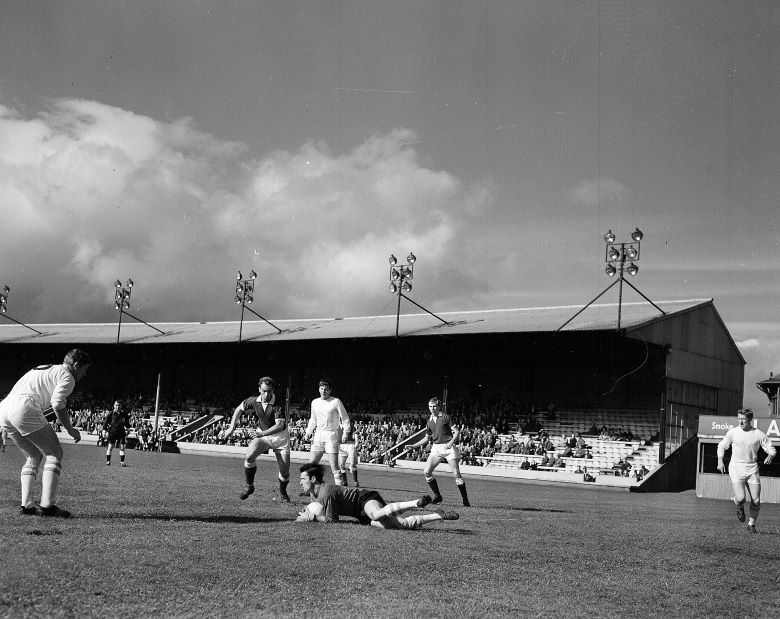
Third Lanark v Hearts at Cathkin Park © The Scotsman Publications Ltd
Remembering the history of football
The sites our project covers are extremely varied. They range from stadiums and pitches, to parks and pubs.
You’ve probably heard of Hampden, our national stadium, but did you know there were two previous grounds where international games were played?
Three of the sites included in the designation project are for the ‘Three Hampdens’ – the homes of Queens Park Football Club, international games, Third Lanark FC and eventually our National Stadium.
These rather different sites are all closely located and historically linked. ‘Hampden 1’ was built in 1873 as a football ground, yet from 1905 became the Hampden Bowling Club. ‘Hampden 2’, an early ‘racetrack’ stadium, was built in 1883 and remodelled between 1903-67 as New Cathkin Park: now Cathkin Park. And finally, ‘Hampden 3’ is the current national stadium for Scotland, built in 1903 and last remodelled in 1998-99.
We’ll continue to share more information on this designation project as time goes on. But for now, let’s take a closer look at just three of the sites in this project…
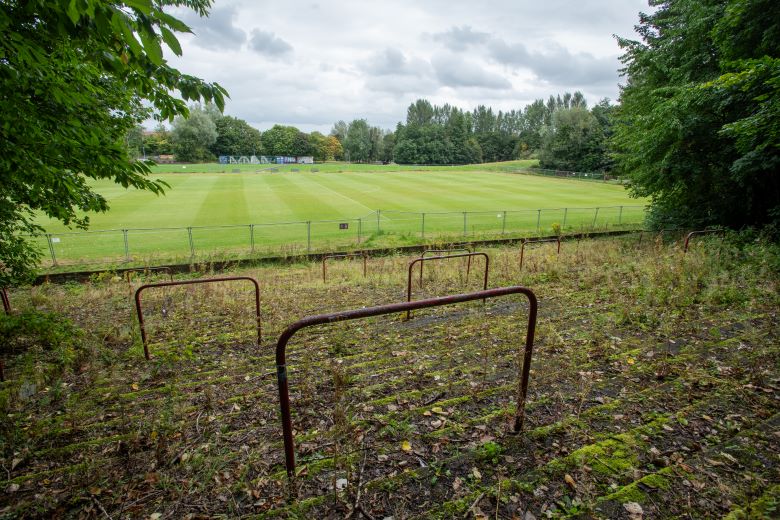
Terracing at Cathkin Park © HES
Cathkin Park (Hampden 2)
Situated in Glasgow’s southside, this site was first used as a football ground by Queen’s Park in 1883-4.
It was initially known as Hampden Park, named after the original Hampden (now the site of Hampden Bowling Club). This site was also the venue for the Scottish Cup finals, taking place here between 1885 and 1899.
It is possibly most well known as the home of Third Lanark Football Club, who were founding members of the Scottish Football Association (SFA) and Scottish Football League (SFL) before their much-lamented demise in 1967.
Today, it lives on as a public park where amateur football is still played, But the site survives as a monument to the golden era of Scottish football – a traditional bowl-shaped stadium, rows of terraces, buried remains of one major grandstand. To reflect its national importance, we have recently designated it as a scheduled monument.
You can find out more about the history of Cathkin Park in our video.
Cathcart Cemetery
You might have visited Cathcart Cemetery near the centre of Glasgow. But did you know it contains the graves of a number of early football professional players?
This includes Joseph Taylor, first caption of the Scottish National Team, and Willie Maley, former Celtic manager and player. Particularly notable is the grave of Hugh MacColl who was the first captain of Sevilla FC of Spain and one of the club’s founding members. Born in Glasgow in 1861, he was a marine engineer working in Seville, during which time he took part in the club’s first match in 1890. This is considered the first official football match in Spain.
At the time of writing, we are consulting on a proposal to list both the cemetery and its historic gravestones.
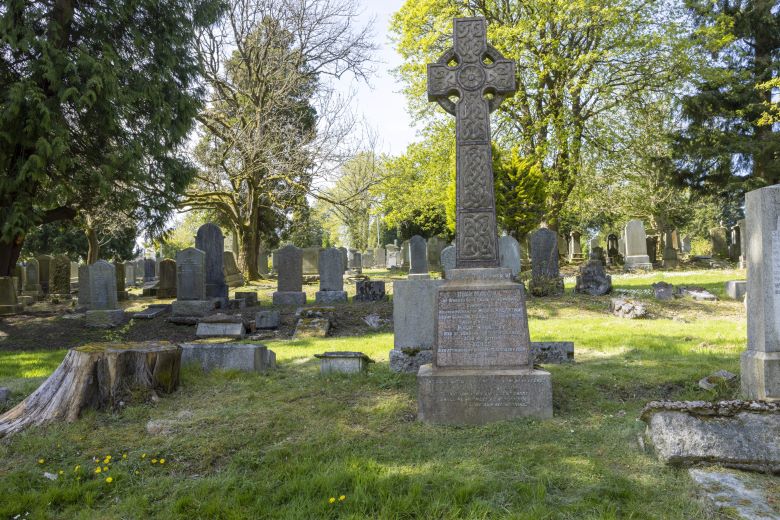
Grave of Hugh MacColl at Cathcart Cemetery © HES
Tennent’s Wellpark Brewery
Tennent’s was a major sponsor of the football in Scotland from the late 20th century (and more recently too!). This included for the national team at the West Germany World Cup. Scotland was undefeated during the competition but still went home on goal difference after the first round. Their draw against Brazil remains one of the most famous 0-0 draws in international football.
There is evidence for Robert Tennent brewing at Tennent’s Wellpark Brewery by the Molendinar Burn from as early as 1556. Its peak was in the late 19th century, when Tennent’s was the world’s largest exporter of bottled lager. Still very much active today in 2025, it’s the oldest continuous commercial concern in Glasgow.
Unsurprisingly, the brewery is now largely a modern, industrial scale brewing site. However, traces of the 19th century boom period survive. We have listed the clock tower in the centre of the site at category C as a rare surviving element of the old brewery.
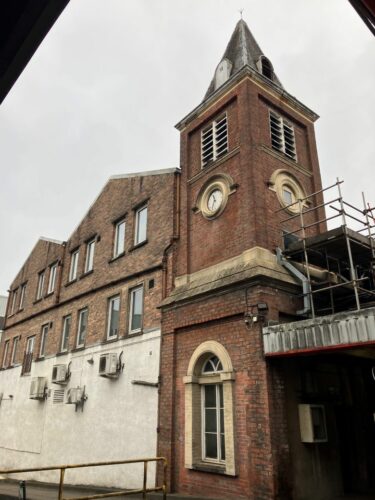
Clock tower at Tennents Wellpark Brewery © HES
Where to next?
This important project has given us opportunity to recognise the central role Scotland – and more specifically Glasgow – played in the development of football. Our work on this project is ongoing and we’re excited to share more as it develops.
With Cathkin Park just designated, we look forward to what’s next. On the list include Hampden Bowling Club and Hampden, the National Stadium. And more!

